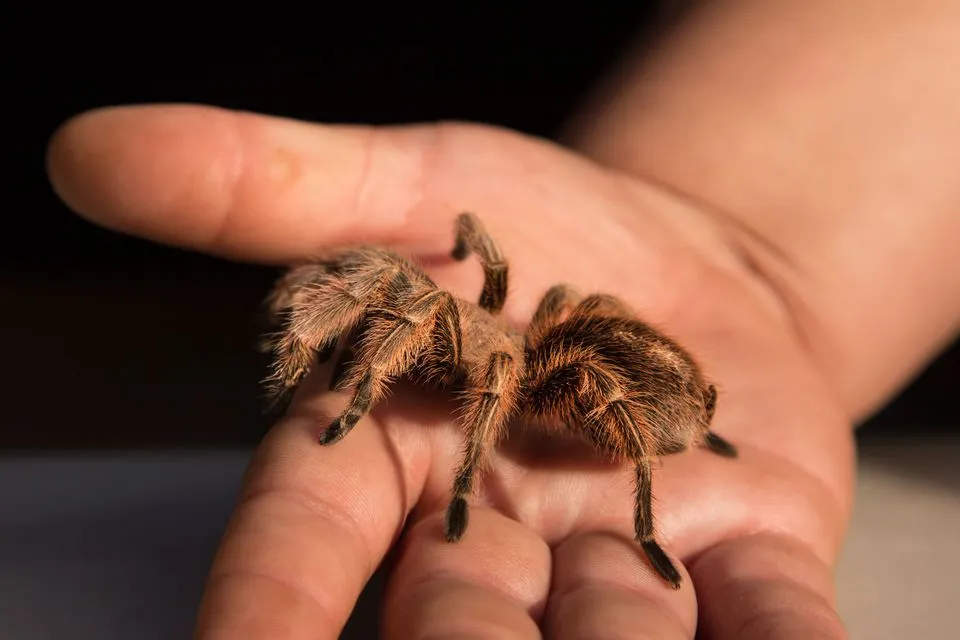Choosing Your First Tarantula (Beginner’s Guide)
Embarking on the journey of tarantula ownership can be an incredibly rewarding experience. These fascinating creatures, with their intricate behaviors and unique appearances, make captivating pets. However, before you bring a tarantula into your home, it’s crucial to understand the responsibilities and commitment involved. This beginner’s guide will walk you through everything you need to know, from choosing the right species to providing proper care, ensuring both your and your tarantula’s well-being. This journey starts with a foundation of knowledge, so that you can ensure you are a great pet owner.
Understanding Tarantula Species
Tarantulas are diverse, with hundreds of species found worldwide. They vary greatly in size, temperament, and care requirements. Understanding these differences is vital for choosing a species that suits your lifestyle and experience level. Some tarantulas are docile and handleable, while others are more defensive and should be observed from a distance. Researching the specific needs of each species is crucial before acquiring one.
Choosing the Right Species for You

Beginner-friendly species often include the Chilean Rose Hair (Grammostola rosea), the Pinktoe Tarantula (Avicularia avicularia), and the Brazilian Black (Grammostola pulchra). These species are generally docile, relatively easy to care for, and have a manageable size. When choosing, consider the tarantula’s adult size, lifespan, and temperament. Also, think about whether you want a species that is active during the day or night. Thorough research is key.
Key Considerations Before Getting a Tarantula
Before welcoming a tarantula into your home, assess your living situation. Ensure you can provide a secure and appropriate enclosure, a stable environment, and consistent care. Consider the commitment of feeding, cleaning, and monitoring your tarantula’s health. Also, ensure that you are not allergic to any bites. Tarantulas need a stable environment, away from direct sunlight and extreme temperature fluctuations. Also, make sure you are aware of local regulations regarding exotic pets.
Setting Up a Tarantula Enclosure
A proper enclosure is essential for your tarantula’s well-being. It provides a safe, secure, and comfortable environment. The enclosure should mimic the tarantula’s natural habitat, providing appropriate temperature, humidity, and hiding places. Choose the right size and type of enclosure based on the species and its adult size. Also, remember to choose an enclosure that can be secured properly, so the tarantula is not able to escape.
Enclosure Size & Type
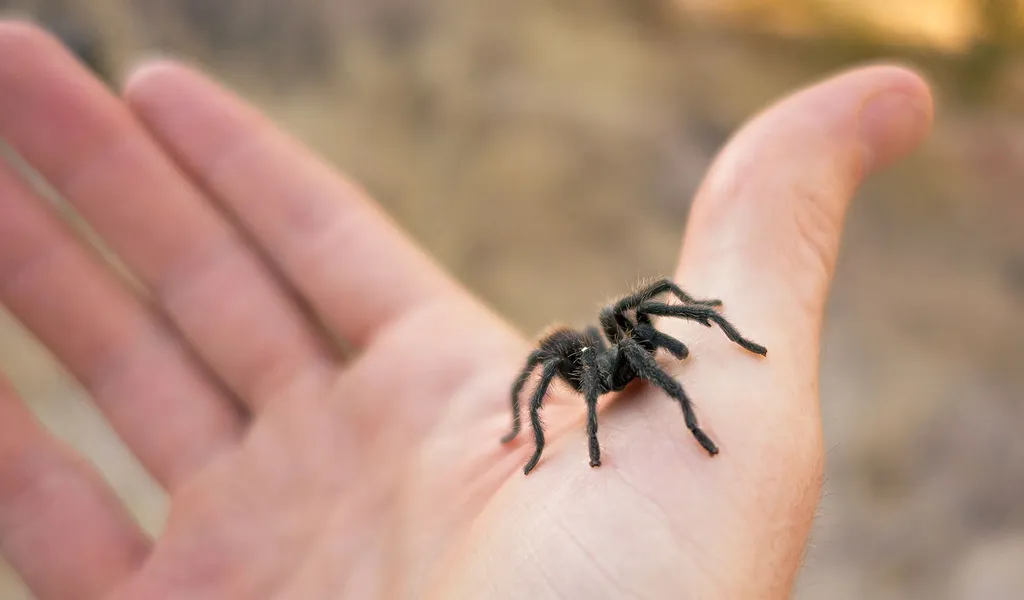
The enclosure size depends on the tarantula’s size. As a general rule, the enclosure should be at least twice the tarantula’s leg span in width. The height of the enclosure is important for arboreal species that like to climb. Glass terrariums or plastic enclosures with secure lids are suitable options. Ensure the enclosure has adequate ventilation to prevent mold and maintain proper humidity levels. A good size for a beginner terrestrial species would be 10-gallon tank.
Substrate & Decorating Your Enclosure
The substrate is the material that covers the bottom of the enclosure. The substrate should be deep enough for burrowing species. Good substrate options include peat moss, coconut fiber, or a mix of both. Decorate the enclosure with hides, such as cork bark or half logs, to provide security and encourage natural behaviors. Live or artificial plants can also add to the habitat’s aesthetic appeal and help maintain humidity. Make sure any decorations are non-toxic and do not have sharp edges.
Temperature, Humidity, and Ventilation
Tarantulas require specific temperature and humidity levels. The ideal temperature range for most species is between 75°F and 85°F (24°C and 29°C). Use a heat source, such as a heat mat or a ceramic heat emitter, to maintain the temperature. Humidity levels vary depending on the species, but a hygrometer can help you monitor humidity. Ensure the enclosure has adequate ventilation to prevent the buildup of mold and stale air. Misting the enclosure with water can help maintain humidity.
Feeding Your Tarantula
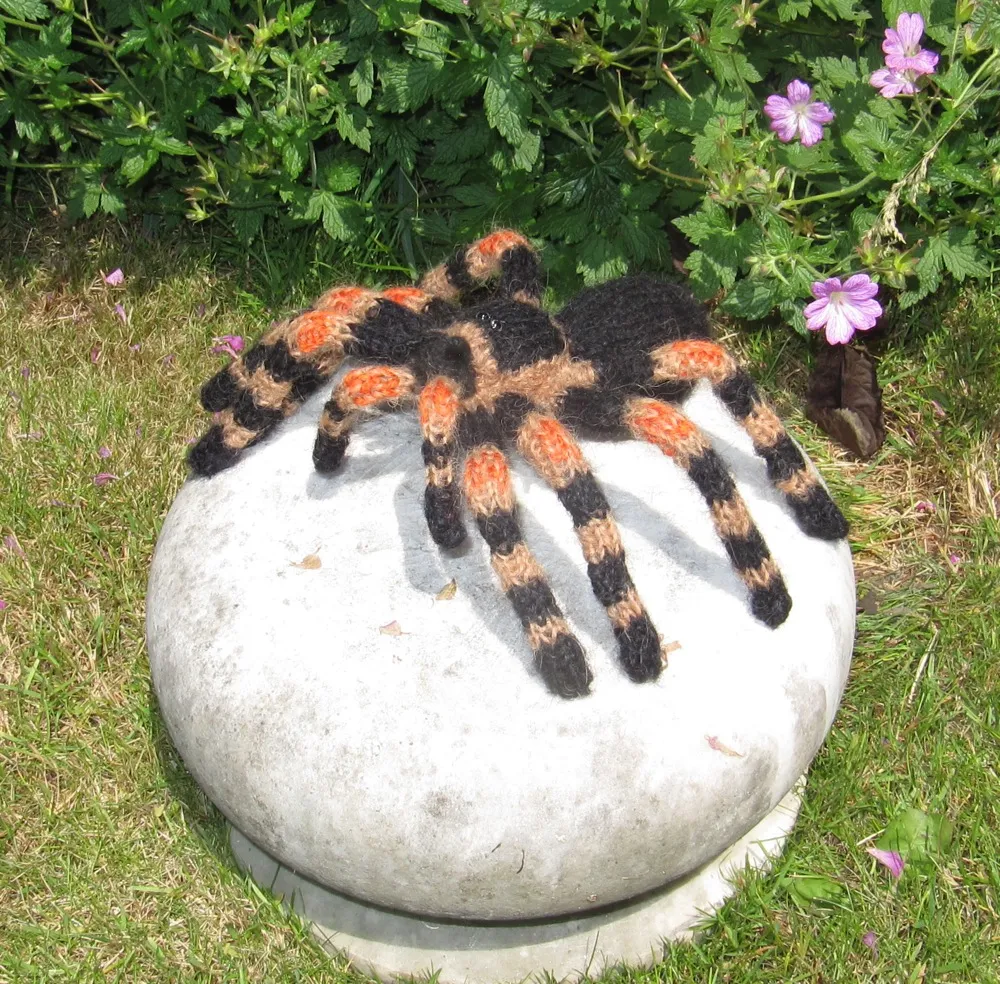
Feeding is a crucial part of tarantula care. They are primarily insectivores, meaning they eat insects. The type and size of insects should be appropriate for the tarantula’s size. Overfeeding can lead to health problems, so it’s essential to feed your tarantula the right amount at the right frequency. Always make sure the prey you give your tarantula is properly sourced to prevent pesticides, which can harm the tarantula.
What Tarantulas Eat
Common food items include crickets, mealworms, roaches, and other insects. The size of the prey should be no larger than the tarantula’s body. You can also feed freshly molted tarantulas pre-killed prey. Always ensure the insects are gut-loaded with nutritious food before feeding them to your tarantula. This increases their nutritional value. The food should also be pesticide-free, as this can harm your tarantula.
Feeding Frequency & Techniques
The feeding frequency depends on the tarantula’s age and species. Young tarantulas (spiderlings) typically need to be fed more often than adults. As a general guideline, feed spiderlings every few days and adults once or twice a week. Remove any uneaten food within 24 hours to prevent mold and mites. Offer food with tongs to avoid being bitten.
Providing Water for Your Tarantula
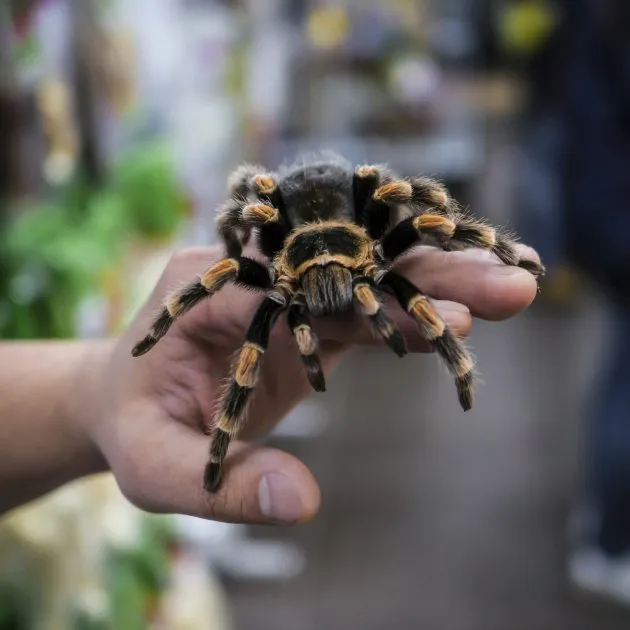
Provide a shallow water dish with fresh, clean water at all times. The water dish should be small enough to prevent the tarantula from drowning. For smaller tarantulas, use a bottle cap or a cotton ball soaked with water. Change the water regularly to prevent bacterial growth. It’s essential to keep your tarantula hydrated for optimal health.
Handling Your Tarantula
Handling a tarantula is not necessary and is often discouraged, especially for beginners. Tarantulas can be fragile, and stress can cause them to bite. If you choose to handle your tarantula, do so cautiously and with respect. Always be aware of your tarantula’s behavior and body language, and never force the handling.
Safe Handling Practices
If you choose to handle your tarantula, do so close to the ground or a soft surface, in case it falls. Avoid sudden movements and be patient. Always wash your hands before and after handling your tarantula. If your tarantula shows signs of stress, such as rearing up or flicking hairs, do not attempt to handle it. Some species are more prone to biting or defensive behaviors. If you are bitten, stay calm, and seek medical advice.
Understanding Tarantula Behavior

Tarantulas exhibit a range of behaviors, including web-spinning, burrowing, and defensive postures. Learning to recognize these behaviors is crucial for responsible pet ownership. Tarantulas can flick urticating hairs as a defense mechanism, which can cause skin irritation. Some tarantulas will also bite if they feel threatened. It is essential to respect their boundaries and not force interaction.
Maintaining Your Tarantula’s Habitat
Regular maintenance is necessary to ensure a healthy and clean environment for your tarantula. This includes cleaning the enclosure, monitoring the temperature and humidity, and providing fresh water. A clean habitat reduces the risk of diseases and promotes the well-being of your pet. Proper habitat maintenance will help extend your tarantula’s life.
Cleaning and Maintenance Schedule
Spot-clean the enclosure regularly by removing any uneaten food, molted exoskeletons, and waste. Deep-clean the enclosure every few months by removing and replacing the substrate. The frequency of deep cleaning will depend on the type of substrate and the size of the enclosure. Monitor the temperature and humidity levels daily, and adjust as needed. Make sure the water dish is always clean and full.
Identifying and Addressing Potential Health Issues
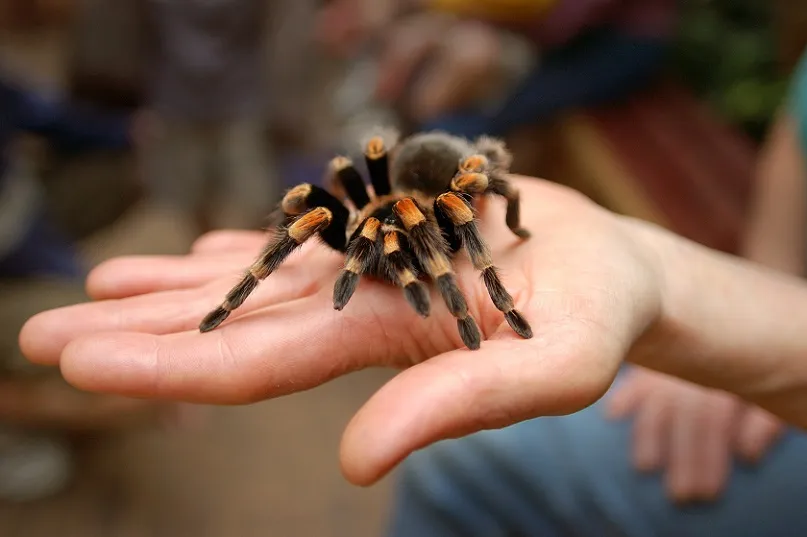
Tarantulas can experience various health problems, including mites, fungal infections, and injuries. Recognizing the signs of illness and seeking veterinary care when necessary is essential. Early detection and treatment can significantly improve your tarantula’s chances of recovery.
Common Tarantula Health Problems
Mites can infest tarantulas, causing irritation and stress. Fungal infections can occur in humid environments. Injuries can result from falls or handling. Look for signs of illness, such as lethargy, loss of appetite, changes in behavior, or unusual appearance. If you notice any of these signs, consult a veterinarian with experience in exotic animals.
When to Consult a Veterinarian
If you suspect your tarantula is ill, it is essential to seek veterinary care from a veterinarian experienced in treating exotic animals. Describe the symptoms and provide information about your tarantula’s care. A veterinarian can diagnose the problem and recommend appropriate treatment. Do not attempt to treat your tarantula without professional advice, as some treatments can be harmful.
The Benefits of Having a Tarantula
Owning a tarantula can be a unique and rewarding experience. They are relatively low-maintenance pets compared to other animals, requiring minimal space and attention. Tarantulas can also be fascinating to observe, with their unique behaviors and appearances. They are also quiet pets, making them suitable for apartment living. Proper care can lead to long-term enjoyment.
Responsible Tarantula Ownership
Responsible tarantula ownership involves providing the best possible care, understanding the species’ needs, and respecting the animal’s boundaries. This includes providing appropriate housing, feeding, and maintaining a clean and healthy environment. It also means researching and understanding your tarantula’s behavior, being aware of potential health issues, and seeking professional advice when needed. By following these guidelines, you can ensure that your tarantula lives a long, healthy, and fulfilling life.
